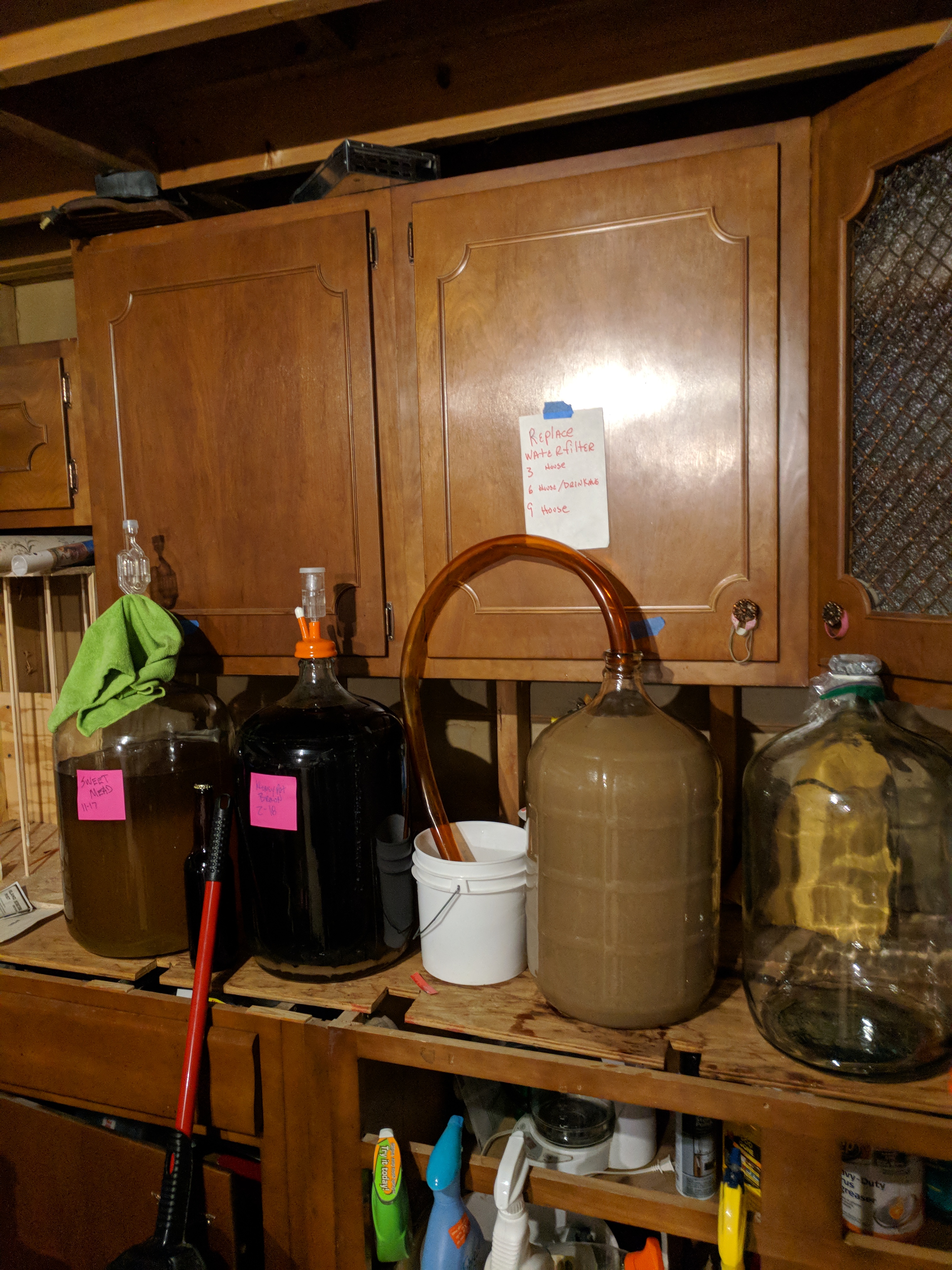My worry with creating a vortex like that would be the risk of mixing the air in the bucket into the beer as it spins. I imagine it much like a yeast starter on a stir plate.. The constant stirring action mixes oxygen into the starter through the contact of the air in the vessel with the spinning surface of the liquid. I'd be worried of a similar process occurring in the bottling bucket, and unintentionally mixing O2 and other critters into the beer at the last moment before bottling... It's probably something that is highly unlikely to be a problem, but once your mind starts thinking about how much wild yeast and bacteria are floating around all over the place...it's difficult not to become something
The vortex only swirls, it does not splash. It is not much different than just filling the bucket. IMO, filling then stirring would give more of a chance of oxidation and contamination. I've been doing it that way for 7+ years without issue. At least 60 of my 102 batches got bottled.





![Craft A Brew - Safale BE-256 Yeast - Fermentis - Belgian Ale Dry Yeast - For Belgian & Strong Ales - Ingredients for Home Brewing - Beer Making Supplies - [3 Pack]](https://m.media-amazon.com/images/I/51bcKEwQmWL._SL500_.jpg)






















































